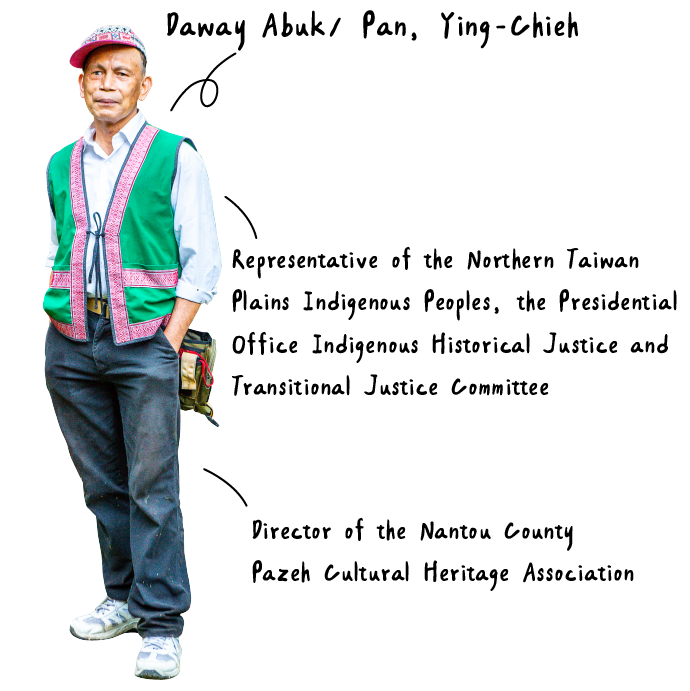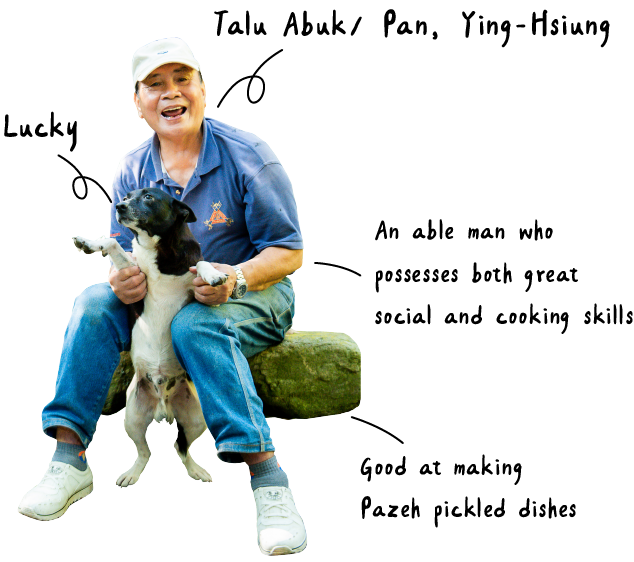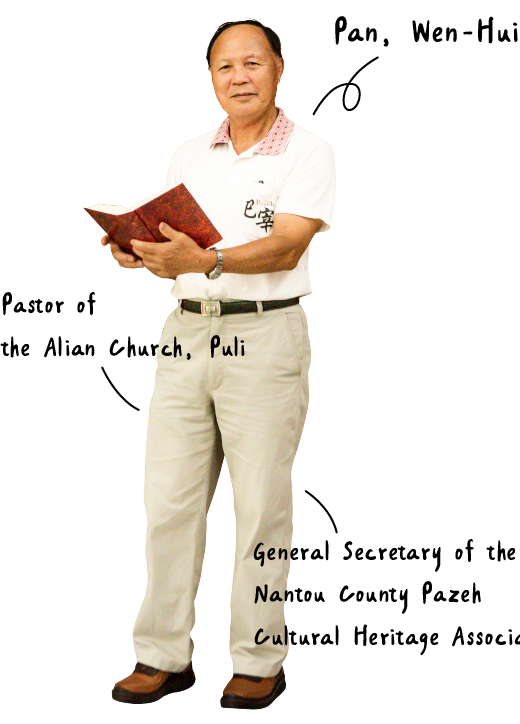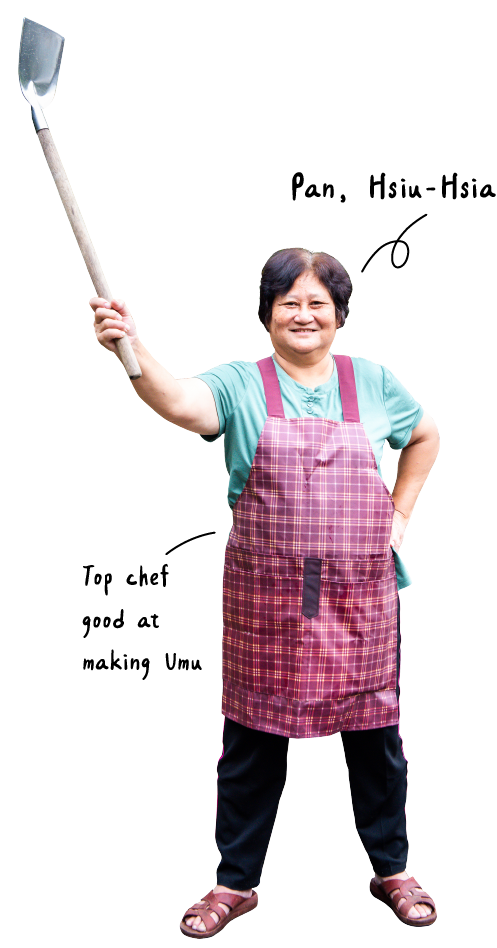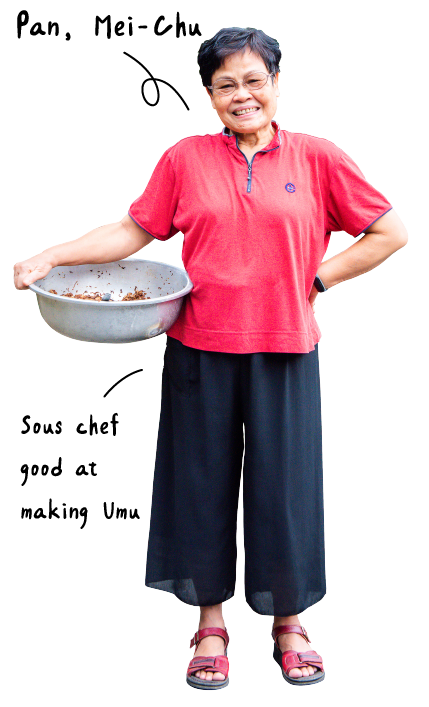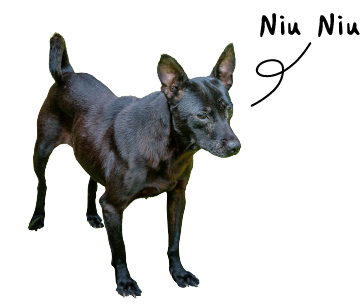The Pazeh is a subgroup of the Taiwan Plains Indigenous Peoples in Central Taiwan, who are originally based in the areas of Fengyuan, Da’an, Shengang, Houli, Daya, Tanzi (in present-day Taichung). During the rule of the Zheng clan and the Qing dynasty, their territories shrank gradually and became insufficient to accommodate the community, which forced them to migrate en masse to the area of Ailan in present-day Puli Township of Nantou County in about 1823. It was since then that the Pazeh people began to set down roots in the lowlands and merged with the Non-indigenous people through close contact and intermarriage. Over time, their ethnic subjectivity and identity have been blurred, even assimilated, by the Chinese majority, causing their native language and culture to disappear gradually.
Possibly inspired by the indigenous movements in the 1980s, dozens of Pazeh people called on each other in 1999 to launch revitalization activities in Ailan. Unfortunately, the campaign was put to a halt due to the 921 Earthquake that happened in the same year, which devastated Puli and the surrounding areas.
Having left Puli in his teens to work in Taipei and lived there for forty-plus years, Daway never gave up the longing to return home. It was not until 2000, when his children had all grown up and started their own families, that Daway decided to return to Puli to rebuild his home on the hillside where his family used to live, carrying on the story of this land. “I wouldn’t make such a decision if what was left behind was a rice field,” he explains, “I am willing to come back because I love living in the mountains. This is indeed very challenging as the land has been left neglected for 42 years. It’s derelict. You can find nothing around here. No residents. No roads. This means I have to start everything from scratch, which takes a lot of courage.” While Puli is recovering from the trauma of the earthquake with many things waiting to be done, Daway, groping alone in the mountains, is also busy mapping out a blueprint for revitalizing his family’s land.
In 2003, when life gradually got back on track for residents in Puli, members of the local Pazeh community founded the Nantou County Pazeh Cultural Heritage Association to promote the revival of their language. “A aunt, Pan Jin-yu, who was in her eighties back then, was the only native speaker of Pazeh that remained alive. She took this issue seriously and put great energy into training young people of our generation to speak Pazeh so that we can pass it on, fearing that it might become extinct once she dies,” says Daway. They took advantage of the regular fellowship gatherings at the church to learn Pazeh, hoping to keep their mother tongue and the memories of their culture alive.
While relearning Pazeh and rebuilding his home in Puli, Daway also serves as a member of the Indigenous Historical Justice and Transitional Justice Committee to speak out for the Taiwan Plains Indigenous Peoples. Although the community occupies only three seats on the commission, the status quo does not discourage him. Rather, he stresses that this is a precious channel for the Taiwan Plains Indigenous Peoples to have a direct dialogue with the state, and that they should speak out bravely on the open platforms to highlight the existence of their community. The constitutional interpretation issued in October this year declared that the national law must recognize the identity of the Taiwan Plains Indigenous Peoples within three years. He believes that there is much room for discussion on what and how they can do to live up to their status as indigenous people. This is just the beginning of more challenges waiting ahead. On this unfinished road to revitalization, the Pazeh people from Ailan, Puli, are actively embracing their indigenous culture without flinching.

